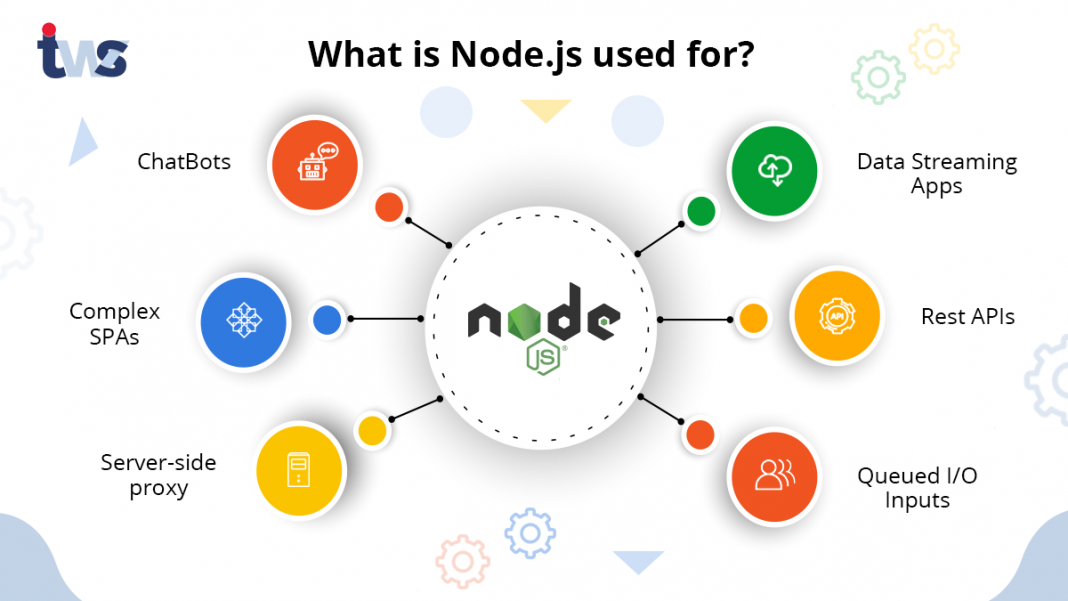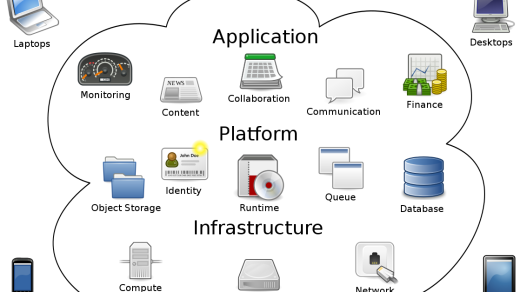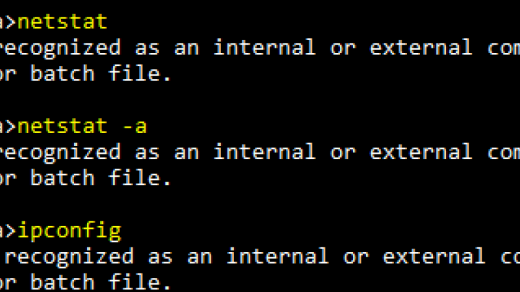Unleashing the Power of Node.js: Revolutionizing Web Development
Introduction to Node.js
Node. js is a powerful and widely-used JavaScript runtime environment. It is designed to run on various operating systems and is commonly used as a server-side backend for web applications. One of its main advantages is its ability to handle asynchronous I/O, making it efficient for data-intensive computing and real-time applications. Many popular websites and companies, such as Google, use Node.
js for their backend development. With its event-driven programming model and lightweight architecture, Node. js is an excellent choice for building scalable and high-performance web applications. In this tutorial, we will explore the basics of Node. js and how it can be used to create REST APIs and manage data efficiently.
Benefits of Using Node.js
Node.js offers several advantages that make it a popular choice for web development.
1. JavaScript Runtime: Node.js is built on Chrome’s V8 JavaScript engine, providing a fast and efficient runtime environment for executing JavaScript code.
2. Asynchronous I/O: Node.js uses an event-driven, non-blocking I/O model, making it highly efficient for handling concurrent requests and scalable for handling high traffic loads.
3. Server-side and Backend Development: Node.js is well-suited for server-side and backend development, allowing developers to build robust and scalable web applications.
4. Cross-platform Compatibility: Node.js is a cross-platform software, making it compatible with various operating systems such as Linux, macOS, and Windows.
5. Large and Active Community: Node.js has a large and active community of developers, providing extensive resources, tutorials, and support for users.
By leveraging these benefits, companies such as Google, Netflix, and LinkedIn have successfully built and scaled their web applications using Node.js. Whether you are building a REST API, a real-time chat application, or a data-intensive web application, Node.js can be a powerful tool in your web development toolkit.
Functionality of Node.js
The functionality of Node. js makes it a powerful tool for developing scalable and efficient web applications. As a cross-platform runtime environment, Node. js allows developers to use JavaScript on the server side, making it seamless to work with both the frontend and backend of a website. With its event-driven programming model and non-blocking I/O operations, Node. js is well-suited for data-intensive computing and real-time applications.
Its ability to handle a large number of concurrent connections also makes it a popular choice for building APIs and handling high traffic loads. Many companies, including [insert some relevant examples], have successfully implemented Node. js in their tech stack, showcasing its versatility and performance. Whether you’re a beginner or an experienced developer, Node. js offers a rich ecosystem and extensive documentation to support your software development journey.
Node.js File Overview
In Node.js, files play a crucial role in building applications. They are used to store program code, data, and other resources. Understanding the key aspects of Node.js files is essential for effective development.
Node.js operates on the file system, allowing you to read, write, and manipulate files. It provides functions and modules for file operations such as opening, closing, reading, and writing files.
You can use the ‘fs’ module in Node.js to interact with the file system. This module offers various methods for file handling, including creating, deleting, and modifying files and directories.
Node.js is cross-platform software, meaning it can run on different operating systems such as Linux, Microsoft Windows, and macOS. This flexibility allows developers to create applications that can be deployed on various systems.
When working with Node.js files, it’s important to consider the file paths. Node.js uses a path module to handle file paths, ensuring compatibility across different platforms.
Node.js Architecture Overview
Node.js is a powerful JavaScript runtime environment that allows developers to build scalable and high-performance server-side applications. Its architecture is based on an event-driven, non-blocking I/O model, which makes it efficient and ideal for handling a large number of concurrent requests.
At the core of Node.js is the event loop, a single-threaded mechanism that enables asynchronous processing. This allows Node.js to handle multiple requests concurrently without blocking other operations. It also provides a rich set of APIs and libraries for building web applications, making it a popular choice for developing REST APIs and real-time applications.
Node.js is platform-independent and runs on various operating systems, including Linux and Microsoft Windows. It integrates seamlessly with databases, web servers, and other components of the web stack, making it a versatile tool for web development.

Node.js Console
Node. js Console is a powerful tool in the Node. js runtime environment that allows developers to interact with and test their Node. js applications.
It provides a command-line interface where you can execute JavaScript code and view the output in real-time. The console is particularly useful for debugging and troubleshooting purposes as it allows you to log messages and inspect variables during runtime. You can also use it to experiment with different JavaScript functions and APIs before incorporating them into your application.
Node.js Cluster
Node. js Cluster is a feature in the Node. js runtime environment that allows you to create a cluster of multiple Node. js processes to handle incoming requests.
It is particularly useful for high-traffic websites or applications that need to handle a large number of concurrent connections. By distributing the workload across multiple processes, Node. js Cluster helps improve scalability, performance, and reliability. It also supports load balancing, which ensures that requests are evenly distributed among the available processes.
With Node. js Cluster, you can take advantage of the full power of your server’s CPU cores and handle more requests efficiently. This feature is especially beneficial for companies using Node. js for their web applications or APIs.
Node.js Global Object
With the Node.js Global Object, you can easily create a web server, build web applications, and handle client-server communication. It supports the HTTP protocol, making it ideal for building scalable and high-performance web applications.
Node.js is commonly used in conjunction with frontend frameworks like React or Angular to create full-stack applications. It also integrates well with databases such as MongoDB or MySQL to manage data storage.
By learning Node.js and mastering its Global Object, you can unlock a world of possibilities in software development. Many companies, including Netflix and Uber, rely on Node.js for their backend systems.
Whether you’re a beginner or an experienced developer, taking Linux training can greatly enhance your Node.js skills. Linux is the preferred operating system for Node.js development and provides a stable and secure environment for running Node.js applications.
Node.js Streaming
Node. js Streaming allows for the efficient processing of large amounts of data in real-time. It is a key feature of Node. js that makes it a popular choice for building scalable and high-performance applications.
With Node. js Streaming, you can process data as it is being received or sent, reducing memory usage and increasing efficiency. This is particularly useful for handling large files, real-time analytics, and live video streaming. Many companies, such as Netflix and Uber, use Node.
js Streaming to handle their data-intensive use cases. By leveraging the power of Node. js Streaming, you can build robust and responsive applications that can handle high loads and deliver real-time data to users.
Node.js Buffer
The Buffer module is particularly useful when working with file I/O, network operations, or when dealing with binary data in general. With its powerful methods and functions, you can read, write, and manipulate data in various formats, such as strings, arrays, or even raw binary data.
For example, you can use the Buffer module to read and write files, send and receive data over the network, or manipulate images and videos. It provides methods for encoding and decoding data in different formats, such as base64 or UTF-8.
Node.js Domain
Node. js is a powerful runtime system that allows developers to build scalable and efficient server-side applications. It is particularly popular for building web applications and APIs. With its event-driven architecture and non-blocking I/O model, Node. js is perfect for handling real-time computing and streaming media.
It is also widely used in the industry, with many companies relying on Node. js for their backend infrastructure. Additionally, Node. js has a large and active open-source community, providing a wealth of libraries and packages that can be easily managed using its built-in package manager. Whether you’re a beginner or an experienced developer, learning Node.
js can greatly enhance your skills and open up new opportunities in the world of web development.
Node.js DNS
With Node.js DNS, developers can easily integrate DNS functionality into their applications, making it easier to work with domain names and IP addresses. This is particularly useful when building web applications or working with networking protocols.
By leveraging the Node.js DNS module, developers can create more efficient and scalable applications that interact with the DNS system. This can be especially helpful in scenarios where real-time computing or load balancing is required.
Node.js Debugger
To use the Node.js Debugger, you’ll need to install it on your system. Once installed, you can start debugging your Node.js applications by running them in debug mode. This will allow you to set breakpoints at specific lines of code and analyze the flow of execution.
The Node.js Debugger also supports remote debugging, which means you can debug applications running on a different machine or even in a different environment. This can be particularly useful when working with distributed systems or cloud-based deployments.
In addition to breakpoints and step-by-step execution, the Node.js Debugger provides other helpful features like watch expressions, which allow you to monitor the values of specific variables during runtime. It also supports the use of conditional breakpoints, allowing you to pause execution only when certain conditions are met.
By using the Node.js Debugger, you can save valuable time and effort in troubleshooting and fixing bugs in your Node.js applications. Whether you’re building a website, a web application, or a backend server, the Node.js Debugger is an essential tool in your development workflow. So, go ahead and give it a try to streamline your debugging process and improve the quality of your code.
Node.js Express Framework
The Node. js Express framework is a popular choice for building web applications. It is a lightweight and flexible web framework for Node. js that allows developers to create robust and scalable web applications.
With Express, you can easily handle routing, middleware, and HTTP requests, making the development process faster and more efficient. It is compatible with various operating systems and can be used for both frontend and backend development. Many companies, such as Netflix and Uber, are using Node. js and Express for their web applications, showcasing the framework’s capabilities.
Whether you are a beginner or an experienced developer, learning Node. js and Express can greatly enhance your skills and open up new opportunities in the field of web development.


